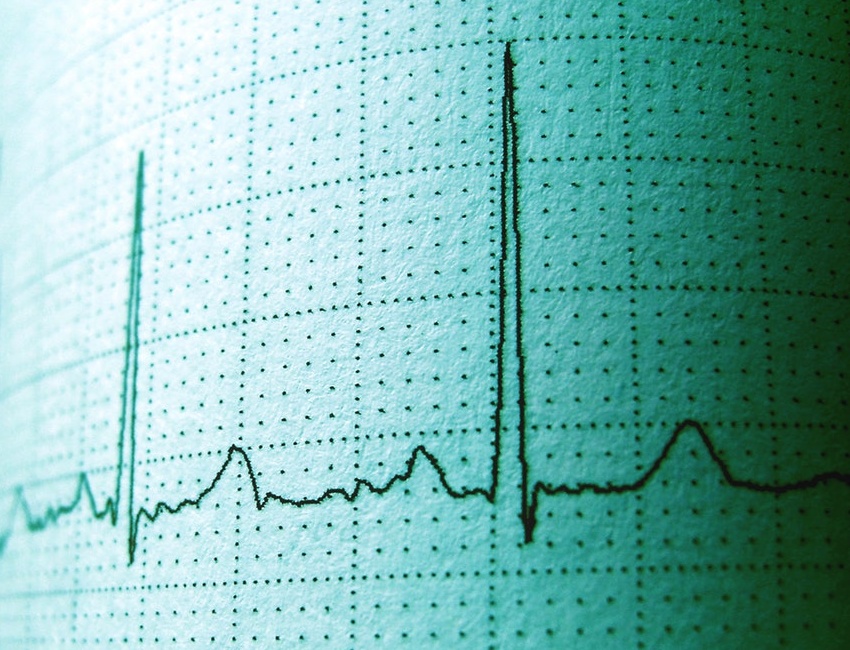Why high heart rate variability is a good sign

Why high heart rate variability is a good sign
 Dr. Anthony Warren
Dr. Anthony Warren
Our heart rate varies a lot and we can learn much about our health and emotional state by measuring the size and patterns of these variations. Fluctuations in our heart rate in response to external influences such as stress levels and exercise intensity, are an excellent indicator of our overall health and even our longevity. The more our heart responds to our mental and physical states, the better.
Our rest heart rate varies throughout the day, and usually becomes faster the more we are emotionally aroused or anxious. In these states the sympathetic branch of our central nervous system controls our metabolism. This is commonly referred to as the fight or flight mode. Our heart rate not only increases, but can become erratic. At the same time our breathing becomes disturbed; we may pant, or even hyperventilate and breathe faster from a normal rate of 15 breaths a minute up to 25 or more.
Heart rate varies more when we are young, is usually higher in athletes and lower when we are chronically anxious or stressed, especially over a long time.
There is a very interesting link between our heart rate and breathing. When we inhale our heart rate tends to increase, and when we exhale it slows down. This effect is often referred to as “heart rate variability” or HRV. It is an excellent measure of overall fitness. One theory is that the heart waits until the lungs have fully saturated your blood with oxygen from inhaled air before pumping it around the body. Why pump blood when it’s not fully loaded? This would be a waste of energy and puts an unnecessary and extra load on the heart.
The coupling of breathing and heart rate is emphasized more when we breathe slowly. When we breathe around 6 breaths a minute, HRV is at a maximum and said to be in the “coherent” breathing range. Slowing your breathing rate down to this low rate helps in relaxation and reducing anxiety and stress. Everyone has a unique breathing rate where HRV is at it’s highest, usually around 6 breaths a minute. At this rate, it is much more likely that the parasympathetic mode of your central nervous system will take over – the so-called rest and digest state, and your stress level will decline. Learning to breathe at this rate, is an excellent way to trigger sleep if you can’t stop those annoying thoughts rushing around in your head.
To reduce your breathing rate down to the coherent level takes a little practice. You will need to practice about 10 minutes a day for a few weeks to get to this level of relaxation. After all you are correcting bad habits that you may have had since childhood, so you should not expect to change these without some effort and focus. But the benefit to your overall health, fitness level, and living a longer more satisfying life is surely worth it!
Follow us on Linkedin to learn more:





